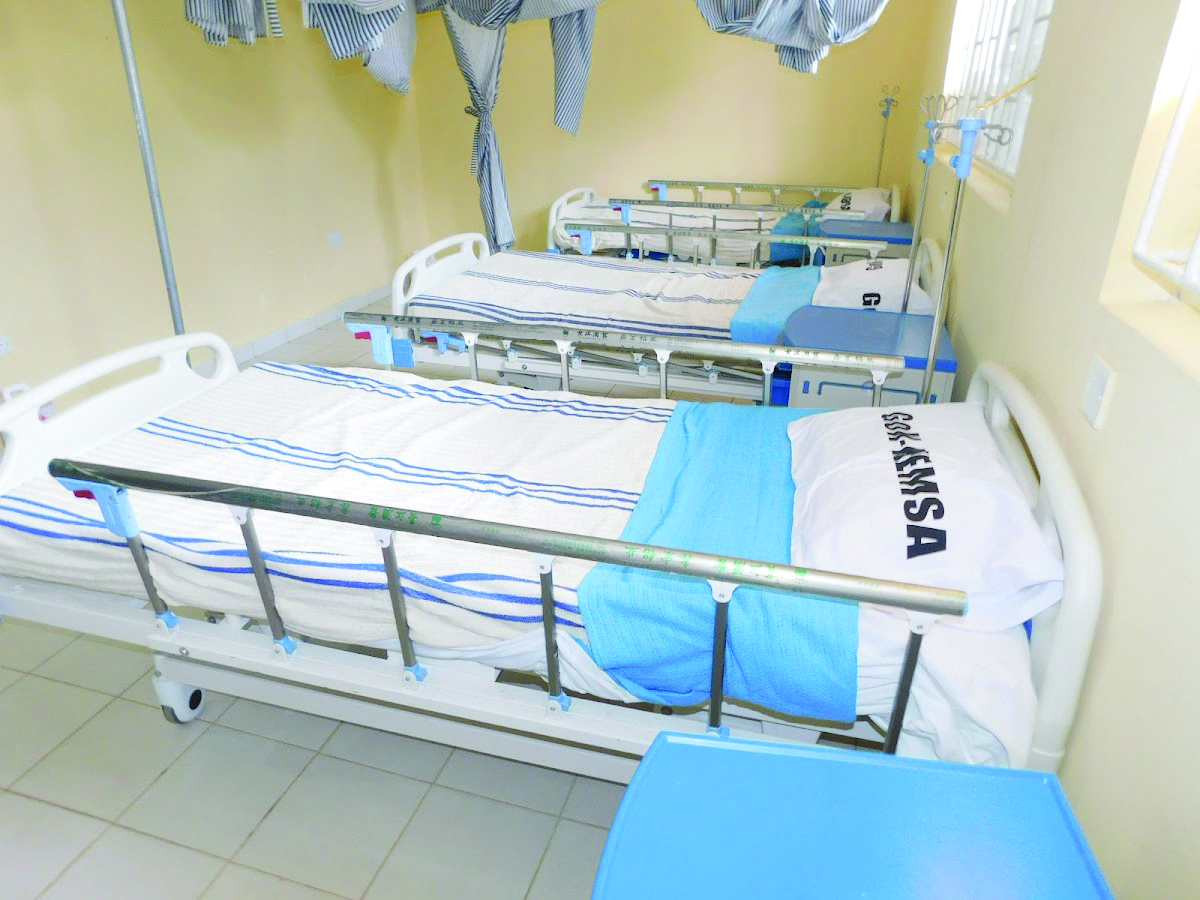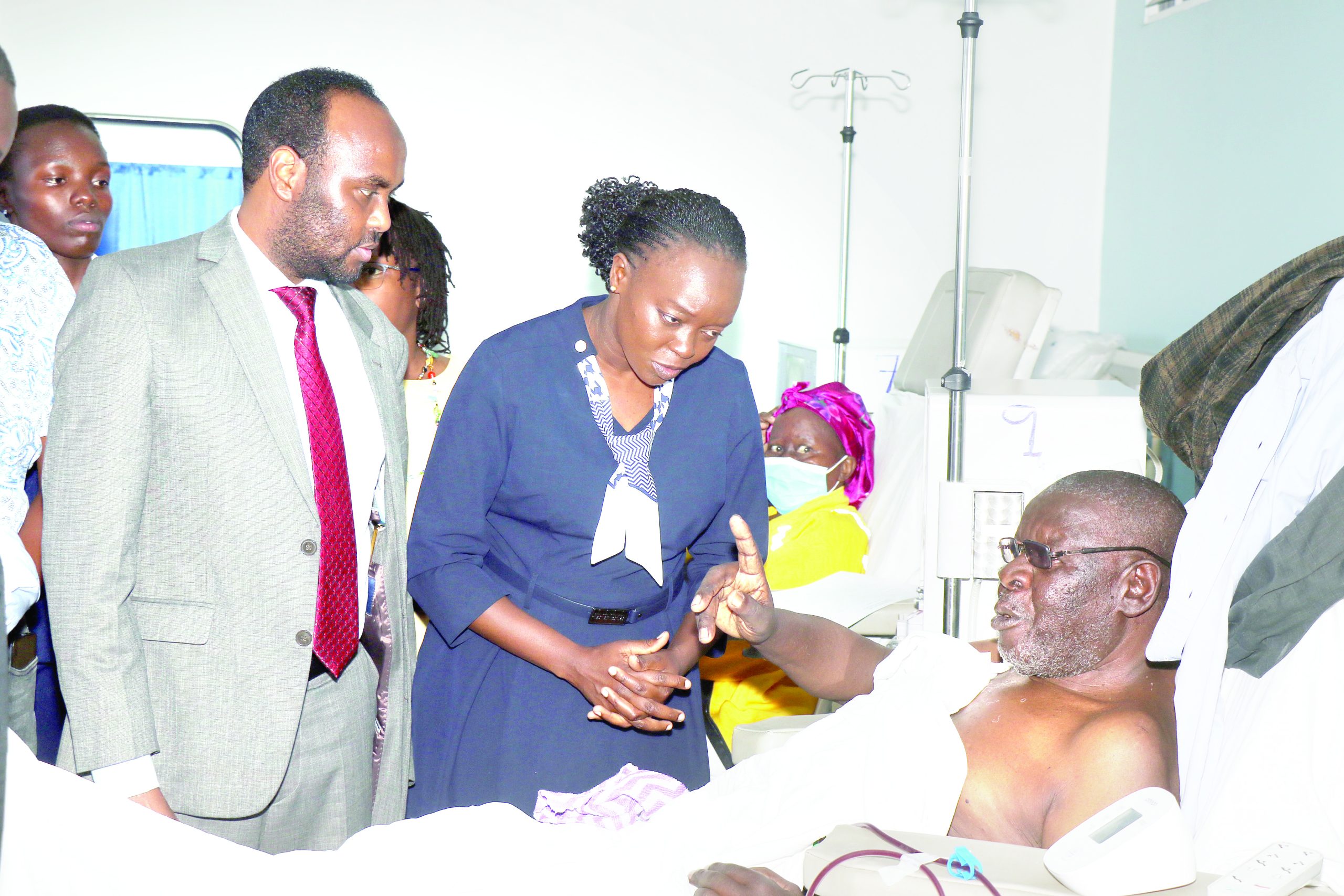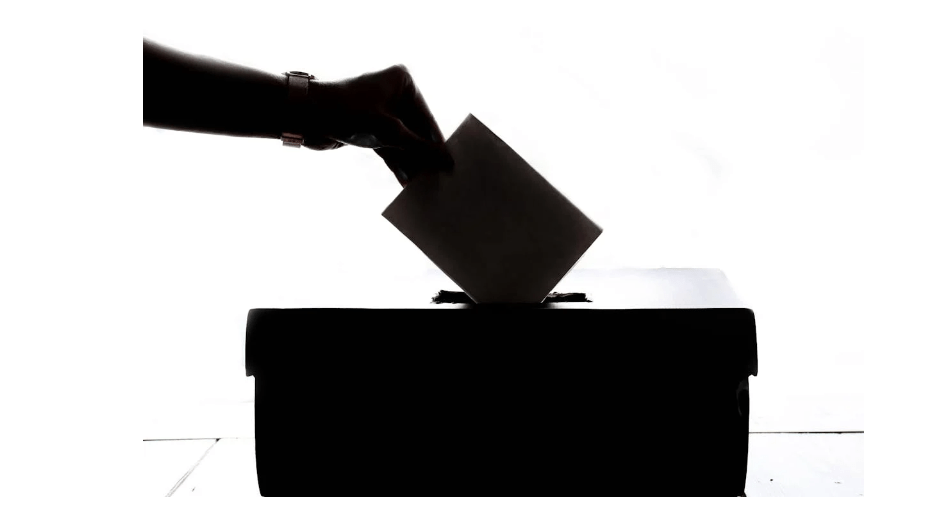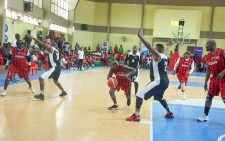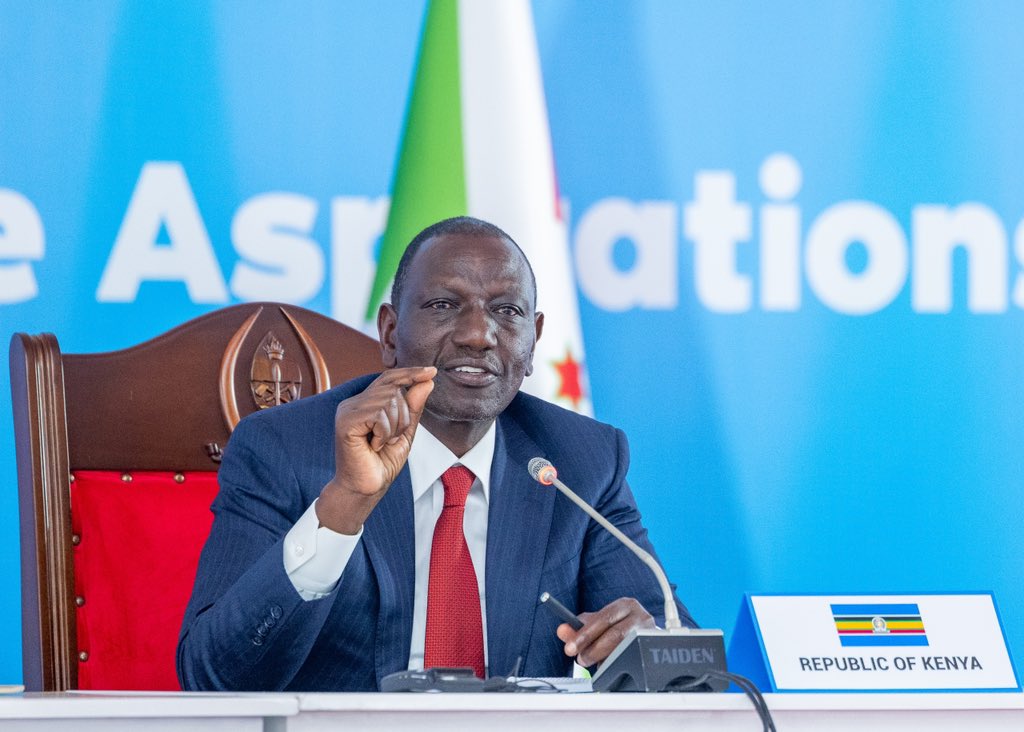Kenyans need a paradigm shift in how they view health insurance

Judith Otele- Acting Manager in charge of Claims at the National Insurance Hospital Fund outlines the breast cancer treatmentoptions
G ive an overview of the NHIF medical insurance benefits for members and their dependants?
The fund has 13 packages that it covers including outpatient, inpatient, surgeries, imaging, maternity and oncology services. NHIF caters for two categories of members; those under the national and the enhanced scheme. National scheme members comprises any person that pays premium through statutory deductions as is the case of employed NHIF members or is self-paying like in the case of someone working for oneself. Under the outpatient services we cover their medical bills of national scheme members up-to a certain limit in a facility chosen by them. Enhanced scheme comprises of people whose employers pay extra above their statutory deductions to enhance their cover.
What does NHIF cover for breast cancer?
During diagnostics members and dependents benefit from the imaging package, which encompasses MRIs, ultra-sound and a CT scan. We cover Sh3,000 for an ultra-sound and limit them to two in a year for national scheme members. Similarly, we cover Sh8,000 for a CT scan and Sh15,000 for a MRI and restrict each of them to two per year. For the three diagnostic tests under this package, a doctor has to justify why a patient needs them before we can pay for them.
Treatment stage is where patients spend more resources. How does NHIF ease the burden?
Cancer treatment is catered for under the surgical and oncology package. Removing a lump for biopsy and mastectomy are catered for under the surgical package. Chemotherapy, radiotherapy and PET scan are covered under the oncology package. Members benefit from Sh3,600 per 20 sessions of radiotherapy while for chemotherapy we cover Sh25,000 for first-line (initial) treatment, while we pay Sh150,000 for second line therapy for up to six cycles. For the PET scan, a test that helps in staging and monitoring cancer cells and only available in Aga Khan Hospital, we foot the entire cost of Sh6,900 for national scheme members.
Certain types of cancers such as HER- 2 Positive breast cancer require to be treated with targeted therapies that are costly. Does NHIF cover this?
Yes it does. Herceptin is one of the drugs used in the breast cancer targeted therapies with one session costing between Sh100,000 and Sh150,000. Due to the high costs of treatment, the fund currently covers up-to four sessions, yet a patient may require up to 18 of them. Pharmaceutical companies’ that allow them to get the drug at a subsidised rate aid other patients through access programmes. As a fund, we are lobbying the government to bring down the cost of the drugs to ensure patient’s treatment burden is eased.
Another concern for breast cancer survivors is after care. What does NHIF cover after treatment?
Breast reconstruction is covered under the surgical package. However the breast prosthesis is not covered by the fund. The challenge is that the prosthesis is viewed as a cosmetic treatment, other that a curative requirement contrary to the WHO requirements. WHO defines health as a state of complete physical, mental and social well-being and not merely the absence of disease or infirmity. But as a country we have ignored the emotional aspect as part of health care an issue we need to reconsider.
What gaps can NHIF fill to improve the treatment outcomes of breast cancer?
Patient navigation is an area we need to think about not just as a fund, but in the entire health care system. A proper patient navigation system takes care of the patient’s financial, emotional and physical well-being. It entails guiding the patient in the entire continuum of care from diagnosis to treatment to make their experience less stressful.
How does the process of referring breast cancer patients abroad work?
The initiation of referral for treatment abroad starts with the treating doctor. Once a doctor establishes a reason for referral they fill a form available for download from NHIF site. The patient presents the form to Kenya Medical Practitioners Board for them to verify that the doctor is a specialist in the area he/she is making a referral. The form is presented to Ministry of Health who determine whether the patient warrants to be treated abroad and then later it’s presented to NHIF. We pay up to Sh500,000 for any procedure after a patient has been treated.
As it is, NHIF is aiding patients access treatment and reduce their financial burden, but still there is more to be done. What can be improved on to ameliorate the scheme?
As a country we need a re-orientation in how we view insurance. For most people who self-pay for insurance, they become members when the symptoms are detected. We need to incorporate health insurance into our culture and apply for it even when we are not ill.
